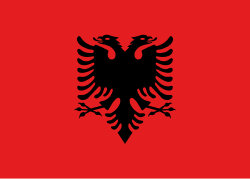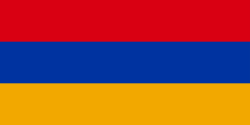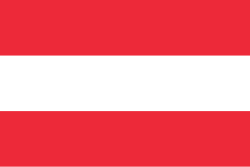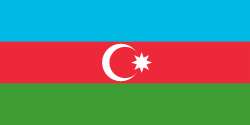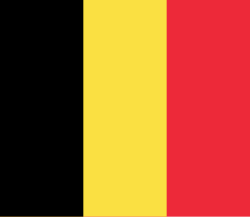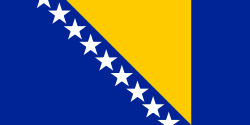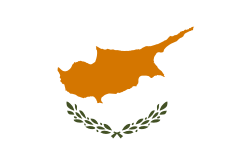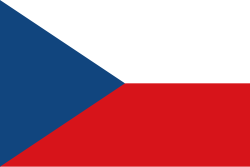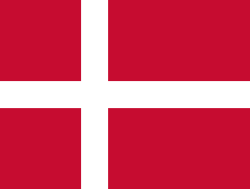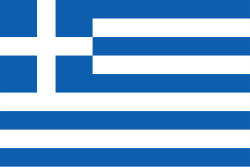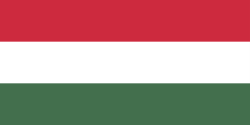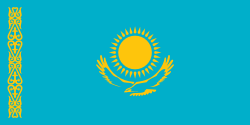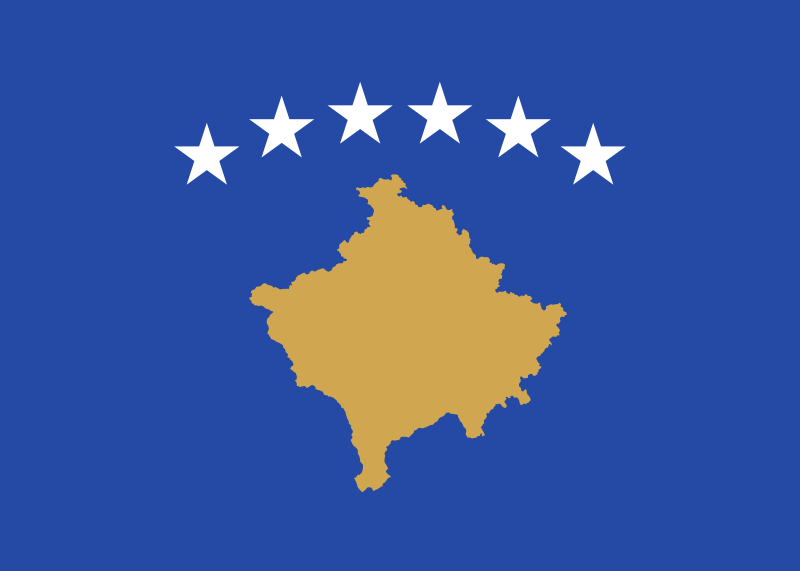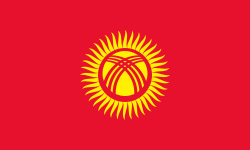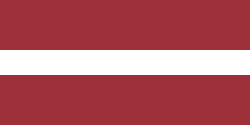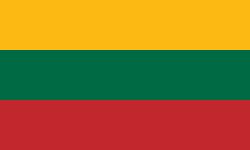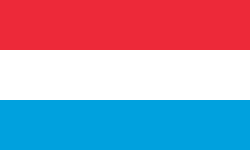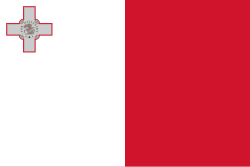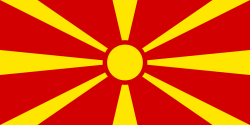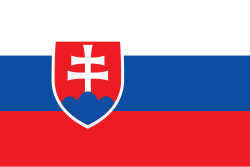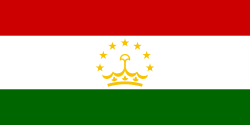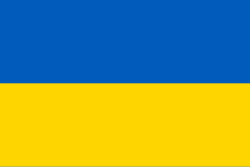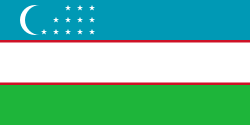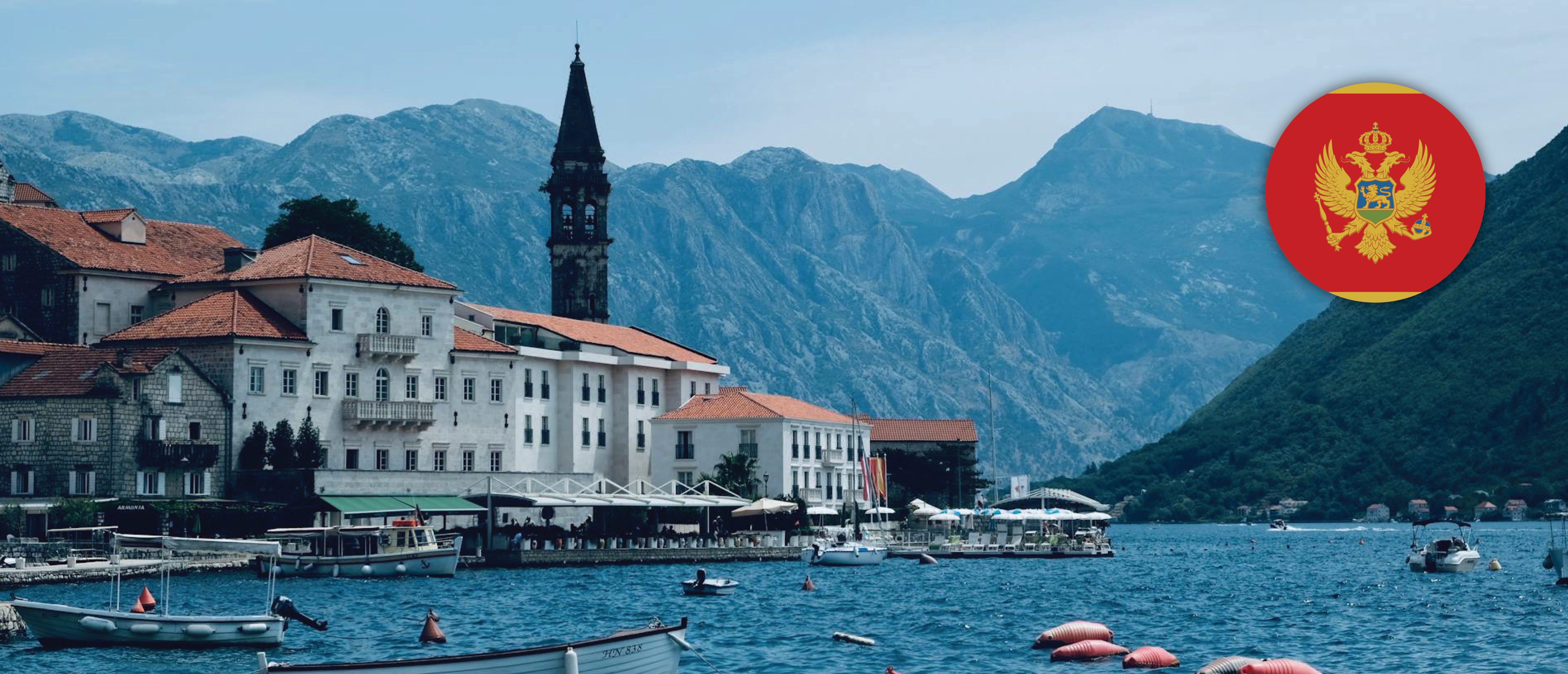General Information
Population
Immigration
Emigration
Working-age population
Unemployment rate
GDP
Refugees, Asylum seekers, IDPs
Citizenship
Territory
Migration Authorities
Responsible Body
Ministry of the Interior
Line Ministries
Agencies
Key Policy Documents
Description
Montenegro is one of the smallest Western Balkan countries featuring a population of 619.211 inhabitants in mid-2021. Over the past decade, the country has been facing both emigration and immigration; however, the latter is more significant.
Within Montenegro, people move primarily from the northern regions towards the central and southern parts of the country, and from rural to urban areas, causing depopulation in northern municipalities. The uneven development of the country’s provinces, where the 2021 unemployment rate in the northern region remained as high as 37.3% and in the south accounted for 5.1%, is the primary reason for outmigration from the north to other regions within the country but also abroad.
According to UN DESA, the size of the Montenegrin diaspora in 2020 amounted to 133.000 persons, with the largest communities found in Serbia, Austria, Germany and North Macedonia. Outward migration is mainly directed toward Germany, Croatia and Slovenia and the principal drivers for emigration are socio-economic. Overall, migration from Montenegro to the EU grew strongly over the 2010-2019 period, particularly for work purposes. While Germany remains a popular destination for migrants from Montenegro for the past decade, Croatia and Slovenia started attracting more Montenegrins in recent years. The number of first-time residence permits issued to Montenegrins in the EU in 2019, 2020 and 2021 amounted to 3.882, 2.769 and 2.272 respectively. Up to 70% of them were issued by the three mentioned EU MS, over half were long-term, and some 35% are granted for employment purposes with most issued by Croatia and Slovenia. At the same time, over 45% of all valid residence permits at the end of 2021 were issued to Montenegrins on family grounds, with most granted by Germany. Slovenia also represents an attractive destination for Montenegrin students due to the higher quality of education than in Montenegro and lower fees compared to other countries in Western Europe.
Seasonal labour migration from Montenegro is widespread, particularly to Croatia, which attracts migrants for jobs in the accommodation and food services sectors, but also to the US, which attracts young migrants through its labour mobility programmes. Seasonal mobility patterns led to the existence of so-called chain migration when the domestic Montenegrin labour force leaves the country for seasonal employment and immigrants from neighbouring countries – Serbia, Bosnia and Herzegovina and North Macedonia – fill in labour shortages.
Both irregular migration and forced migration from Montenegro remain relatively insignificant. The number of Montenegro nationals refused entry to the EU reached on average 500 persons in the 2017-2021 period, while the number of persons found to be illegally present has increased from 780 to 1020 in the same period. The number of Montenegrins ordered to leave the EU decreased three-fold between 2016 and 2020, reaching 495 persons. Yet, the return rate has also declined from 74% in 2018 to 56% in 2020.
Since 2017, the annual number of asylum seekers from Montenegro remains below 1.000, and the total number of refugees amounted to 623 persons in 2021. The US and Germany received the lion’s share of asylum applications. Together with France, these two countries host the majority of recognised refugees from Montenegro.
In terms of immigration, Montenegro is home to 71.000 foreigners, most of whom came from Bosnia and Herzegovina, Croatia and Serbia, with the latter accounting for the largest part. According to the Ministry of Interior, in April 2021, close to 31.000 foreigners had permanent residence permits in Montenegro. Half of these permits were issued to citizens of former Yugoslavia, and close to 10.000 – to displaced persons from Bosnia and Herzegovina, Croatia and Kosovo. Temporary migration to Montenegro is predominantly employment-induced. In 2020, Montenegro issued 34.755 temporary residence permits (18% fewer than in 2019), over 55% of which were issued for work in the construction, hospitality, tourism, trade, agriculture, and transportation sectors. Meanwhile, in 2018, this share was reaching 87%.
Similar to other Western Balkan countries, Montenegro has been frequented by mixed migration flows in recent years. In 2019, the country recorded 7.978 irregular arrivals, nearly twice as many as in 2018, with the majority of persons being nationals of Morocco, Syria, Algeria, Iraq and Pakistan. In 2020, the arrival of migrants fell by 60%, given the COVID-19 travel restrictions, and continued to decline in 2021. While many of the arriving migrants express intention to seek asylum in Montenegro, only a small number eventually submit an application and then actively pursue their asylum claim until the end of the procedure. In 2020, only 539 persons out of 2.929 those who intended to apply submitted an asylum application. Nationals of Morocco, Algeria, Iran and Afghanistan lodged most applications, but most of them left the country before the end of the procedure. From 2007 until October 2020, Montenegro registered some 16.000 requests for international protection. In 2021, Montenegro hosted 175 refugees, according to UNHCR.
Due to the war in Ukraine, 5.734 persons who fled Ukraine received temporary protection in Montenegro as of August 2022.
Montenegro has cooperation agreements for joint border management with Albania, Serbia and Bosnia and Herzegovina. In recent years, the country has expanded its participation in the European Multidisciplinary Platform against Criminal Threats (EMPACT), among others, in the areas of facilitation of illegal migration, and is closely working with Europol's European Migrant Smuggling Centre (EMSC). The Border Police of Montenegro is working with Frontex on the possible establishment of a biometric registration system along the Eurodac model.
In 2021, Montenegro decided to create the legal framework for the introduction of a digital nomad permit, which will allow foreign nationals employed abroad to work from Montenegro via telecommunication tools. The same year, the country adopted the new Strategy on Migration and Reintegration of Returnees for the period 2020-2025. The strategy aims to improve and sustain efforts related to international cooperation on readmission, successful reintegration of returnees, capacity to prosecute migrant smuggling networks, and establishing a modern migrant data collection system.
The country is a party to several migration dialogues, including the Prague Process.
Relevant Publications
